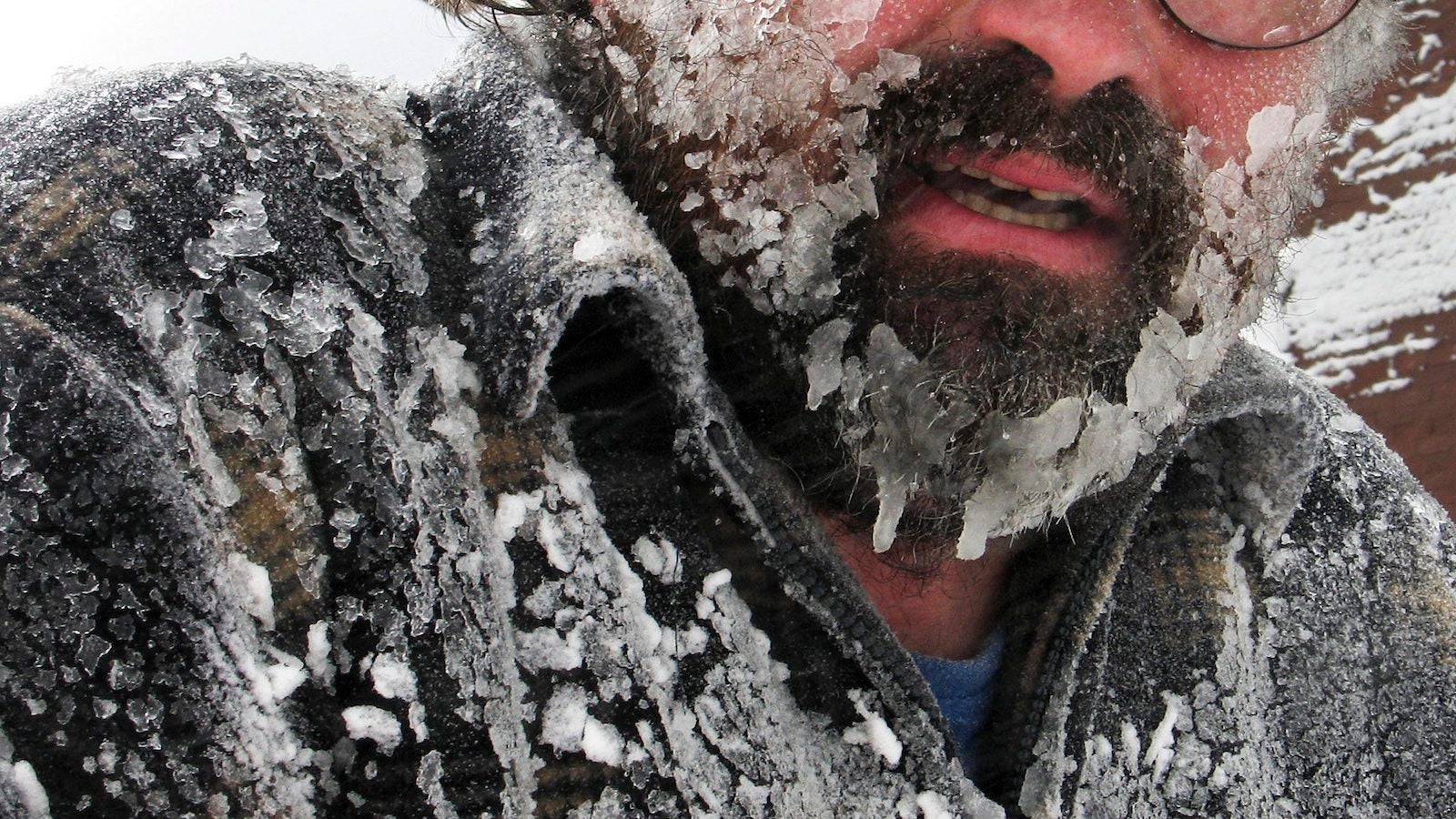We need better laws to protect the rights of future frozen cryonicists
Most people know of cryonics through Hollywood sci-fi movies such as Vanilla Sky and Demolition Man. Comedy films have also played with the concept, like Austin Powers: International Man of Mystery, where the film’s arch enemies awaken from cyrostasis after a 30-year slumber and have comedic trouble adjusting to their new surroundings.


Most people know of cryonics through Hollywood sci-fi movies such as Vanilla Sky and Demolition Man. Comedy films have also played with the concept, like Austin Powers: International Man of Mystery, where the film’s arch enemies awaken from cyrostasis after a 30-year slumber and have comedic trouble adjusting to their new surroundings.
Cryonics works by preserving people’s bodies in ultra-cold temperatures in hopes of reviving them in the future when better technology and medicine exist. Another far-cheaper method, costing generally just a few thousand dollars, is getting a high-concentration aldehyde brain preservation. Transhumanists hope that revived brains can be placed in robotic or genetically engineered human bodies in the future.
But society and its age-old beliefs of death are standing in the way of transhumanist goals. Many people—not to mention US state laws—don’t support the rights of cryonicists.
A recent unfortunate case highlights this disconnect. 31-year-old Danielle Michelle Baker was found dead in the woods near her father’s house in Kentucky in December last year. Baker was a cryonicist who attended life-extension conferences and had signed up to have her brain preserved via the nonprofit company Oregon Cryonics. She had both a cryonics contract—a signed legal document where she indicated that she would like her brain to be preserved for possible future life—and a Document of Gift, a legal document that allows her to donate her anatomical parts to a specific caretaker.
Upon hearing of her unexpected death in Kentucky, personal friends and Oregon Cryonics staff raced to present Baker’s coroner and medical examiner the legal paperwork required to salvage her brain. Eric Homeyer, a volunteer representative of Oregon Cryonics, drove hours through the night from Cincinnati to reach the morgue to represent Baker’s interests and make sure her body wasn’t damaged or destroyed.
But despite the major parties knowing about the cryonics contract and Document of Gift, Baker’s family pushed for the cremation, which then was carried out by the coroner via a funeral home three days later.
“This Kentucky coroner’s office took it upon themselves to decide that Danielle would not get her final wishes fulfilled and would instead be cremated, blatantly and willfully breaking the law,” Matthew Bryce Deutsch, one of Baker’s friends, wrote on Facebook. While Deutsch is incorrect in saying that any laws were broken in Kentucky, cryonicists feel that violating the wishes of the deceased regarding their bodies should be against the law.
“The coroner always follows the wishes of the next of kin. It doesn’t really matter what the decedent wanted,” Jordan Sparks, executive director off Oregon Cryonics. “Most states do not recognize wishes of the decedent regarding the disposition of the body.” In the US, only California, Arizona, Oregon, and Michigan have significant operating cryonics facilities where bodies can be preserved through an established legal process and procedure.
Because the great majority of US states don’t abide by cryonics contracts, even if legally created by the deceased, cryonicists sometimes get around this by signing a Document of Gift, which essentially is a donor’s card that allows you to donate parts of your body. This document is accepted in nearly all 50 states. But, as in Baker’s case, it doesn’t always work, especially if the recipient of the donation is not an accredited hospital or medical research center. (Most standard donations of human remains go to transplant patients or research centers.) Despite this gray area, cryonicists still usually sign both a cryonics contract and a Document of Gift, hoping one of the documents will be upheld to preserve them.
Some people consider cryonics quackery, and state that freezing the body’s cells all but destroys the possibility of future life and retaining memories. But radical new experiments in recent years are changing our fundamental perspective of consciousness and death.
Last year, Yale scientists kept dead pigs brains alive outside of the body. Other researchers have had success implanting rodents with new memories created in a laboratory. Then there are some companies in the Bay Area, such as Elon Musk’s Neuralink, that are even trying to create technologies that would allow us to upload our minds and thoughts to computers.
As life-preservation becomes a more mainstream alternative and more of these cases arise, we need to create a legal framework in which cryonicists’ rights are protected. In response to what the cryonics community considers a tragedy, Deutsch has suggested the creation of “Danielle’s Law,” a legally binding framework of rules and guidelines that US states would implement to respect and honor human-body preservation contracts and Documents of Gift.
But as cryonicists are a tiny minority in the US and traditional views about death practices and rites persist, cryonicists are unlikely to have much sway in the near term unless science actually proves people can come back to life. In the meantime, dreams of coming back to life for people like Baker will go unrealized.